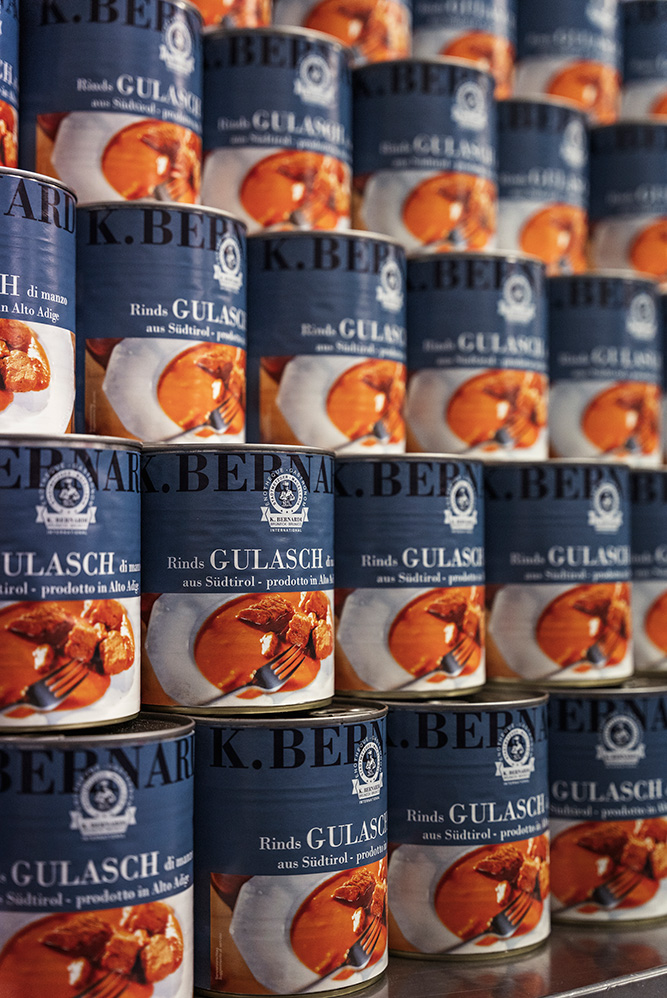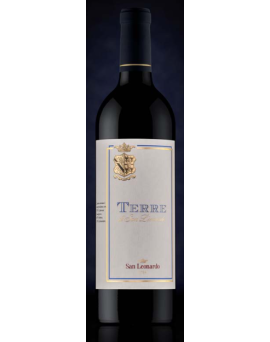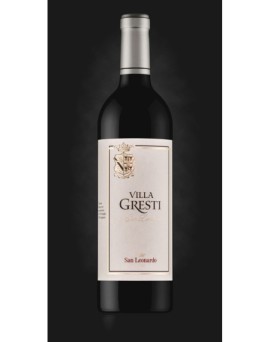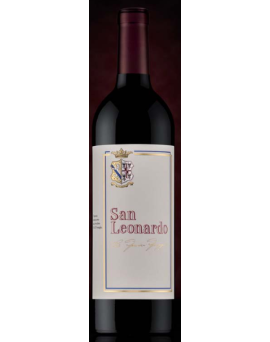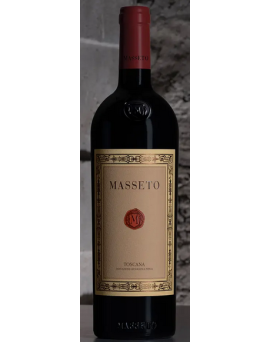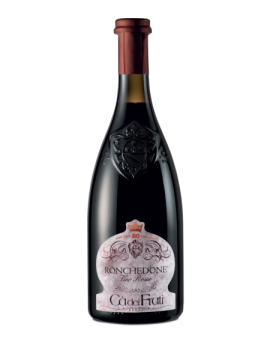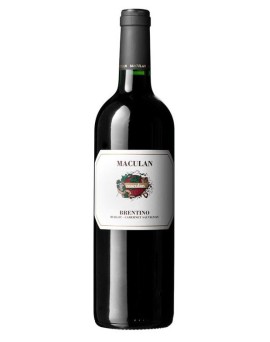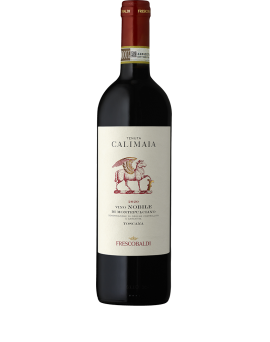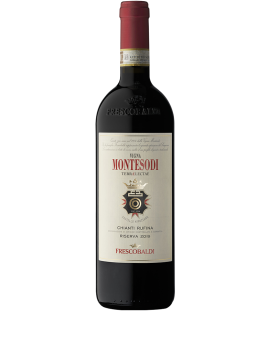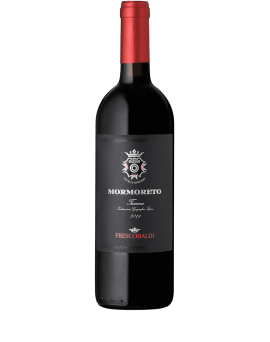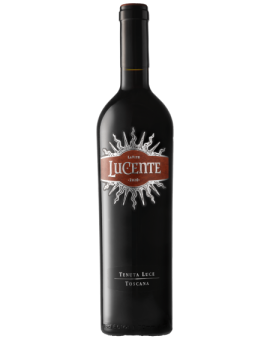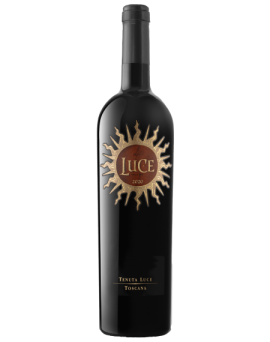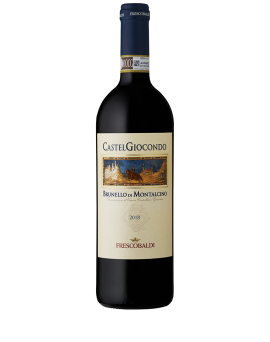CastelGiocondo 2018<br />Brunello di Montalcino DOCG<br />'CastelGiocondo is a unique place in Montalcino, where the great variety of exposures and soils - marl, clays and Pliocene sands - give this Brunello infinite nuances. A<br />multifacetedness of notes that evolve over time and make one continually want to discover, savour and remember.'<br /><br />Climatic trend<br />The 2018 season was characterised by a cool and rainy winter, with budding within the norm. The spring, which was rainy during the flowering period, slowed down fruit set,<br />naturally lowering the plants' production load. The summer was dry, with little rain, but thanks to the water reserve created in the spring, there were no problems. This<br />situation allowed the grapes to ripen regularly and ripen well, with cool nights ideal for the development of aromas and colour. The tramontana wind in mid-September led to<br />a drop in temperatures. The cool, breezy but sunny season was particularly favourable for Sangiovese, which was able to complete its ripening, accumulating great aromatic<br />and polyphenolic potential. The grapes arrived at harvest time healthy, intact and with the right concentration.<br /><br />Vinification and ripening<br />Such regular weather conditions made it possible to harvest the grapes by hand without any particular difficulty, and once they arrived at the winery, they were subjected to<br />scrupulous selection on sorting benches. Fermentation took place in stainless steel tanks at a controlled temperature, with frequent pumping over especially during the early<br />stages. The wine then underwent maturation in wood in large casks, where it was allowed to mature and 'elevate' until it reached its defining balance and harmony.<br />CastelGiocondo Brunello is ready for release 5 years after the harvest and only after further bottle ageing.<br /><br />Tasting notes<br />CastelGiocondo 2018 has an intense and brilliant ruby red colour. Castelgiocondo always stands out for its elegance, a characteristic that is, if possible, even more marked<br />in this vintage. The fruity notes, the first to strike our olfactory receptors, are dominated by blueberry and blackberry, flanked by blackcurrant and other berries. This is<br />followed by floral memories of violets and dog roses, always present in the bouquet of the best Brunellos of Montalcino. Clear spicy hints of black pepper and cardamom<br />make their way into the olfactory sequence, followed by a pleasant liquorice aroma. On the palate, the tannic texture is dense, but without any particular roughness, finely<br />flanked by mineral notes. The taste-olfactory coherence and the long, persistent finish make it particularly well-balanced.<br />
Price
€51.00

